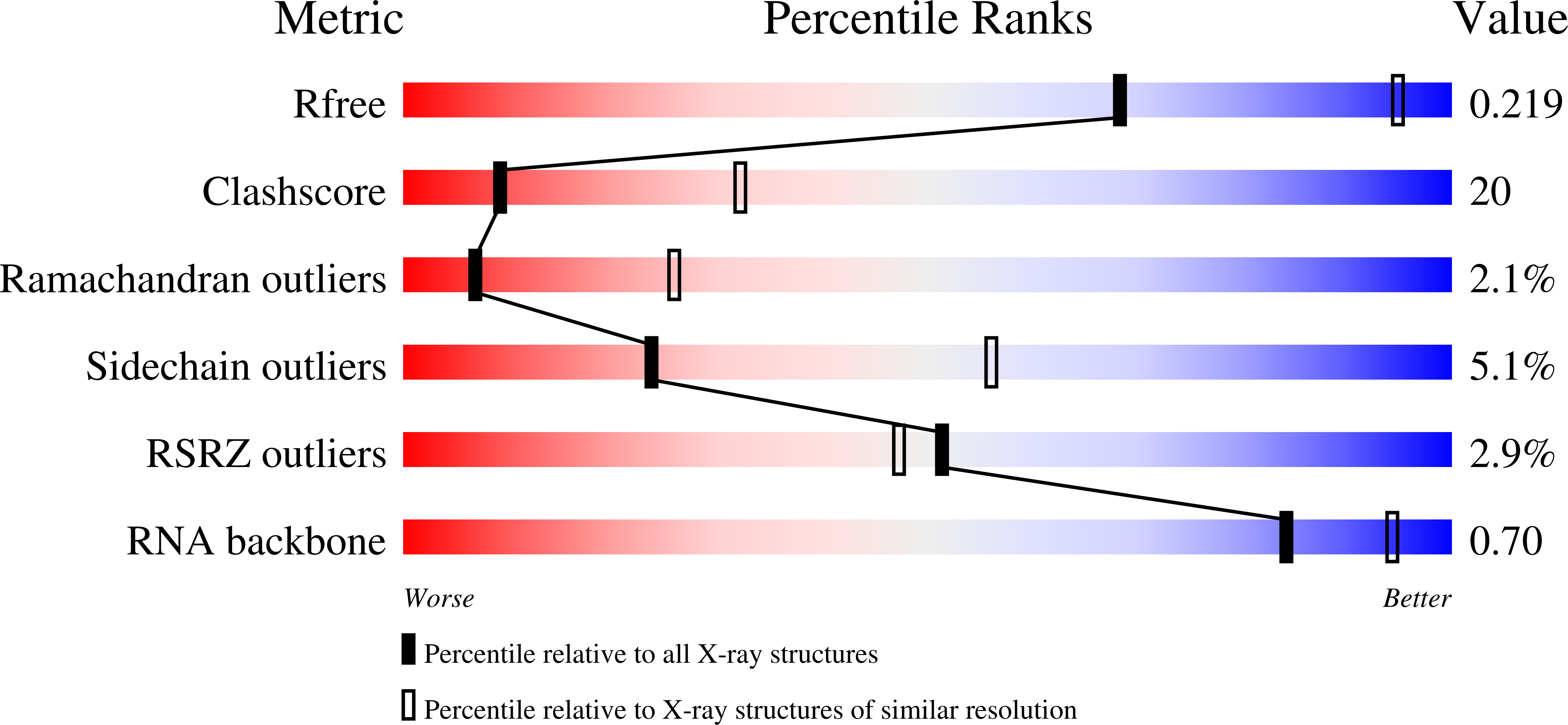
Deposition Date
2021-05-29
Release Date
2022-04-20
Last Version Date
2023-10-18
Entry Detail
PDB ID:
7N2M
Keywords:
Title:
Crystal structure of DNA polymerase alpha catalytic core in complex with dCTP and template/primer having T-C mismatch at the post-insertion site
Biological Source:
Source Organism:
Homo sapiens (Taxon ID: 9606)
Host Organism:
Method Details:
Experimental Method:
Resolution:
2.90 Å
R-Value Free:
0.22
R-Value Work:
0.19
Space Group:
P 32 2 1


